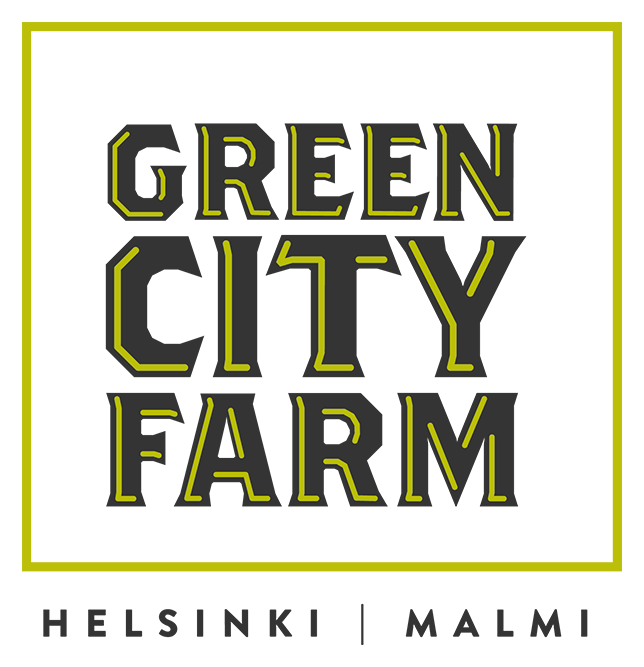Rosemary – Rosmariini
Rosmarinus officinalis
Lamiaceae family
Rosemary leaves are evergreen, needle-like and dark green. Rosemary has a woody trunk and its flowers can be white, blue or pink. There are low and big rosemary species, more than a meter high.
Rosemary is native to the Mediterranean region. In Latin, Rosmarinus means sea dew or sea rose. Rosemary is a large, up to two-meter perennial bush in its native regions. It may not withstand the cold northern winter. It can be wintered at around 10° C, in which case it should be watered rarely. Anyway, rosemary does not like wet soil.
Fresh and dried leaves of rosemary are used as a spice in Mediterranean dishes. They are especially suitable as a meat seasoning, e.g. for seasoning mutton and chicken stews. Essential oil is also distilled from the herb, which is used e.g. in the cosmetics industry, alcohols and sweets. Rosemary is believed to improve memory and boost mood, and its leaves also contain rosmarinic acid, which reduces inflammation. In addition, it increases the appetite, reduces flatulence and is a diuretic.

